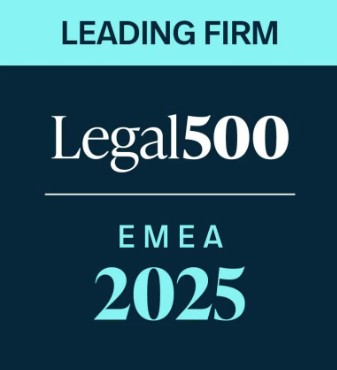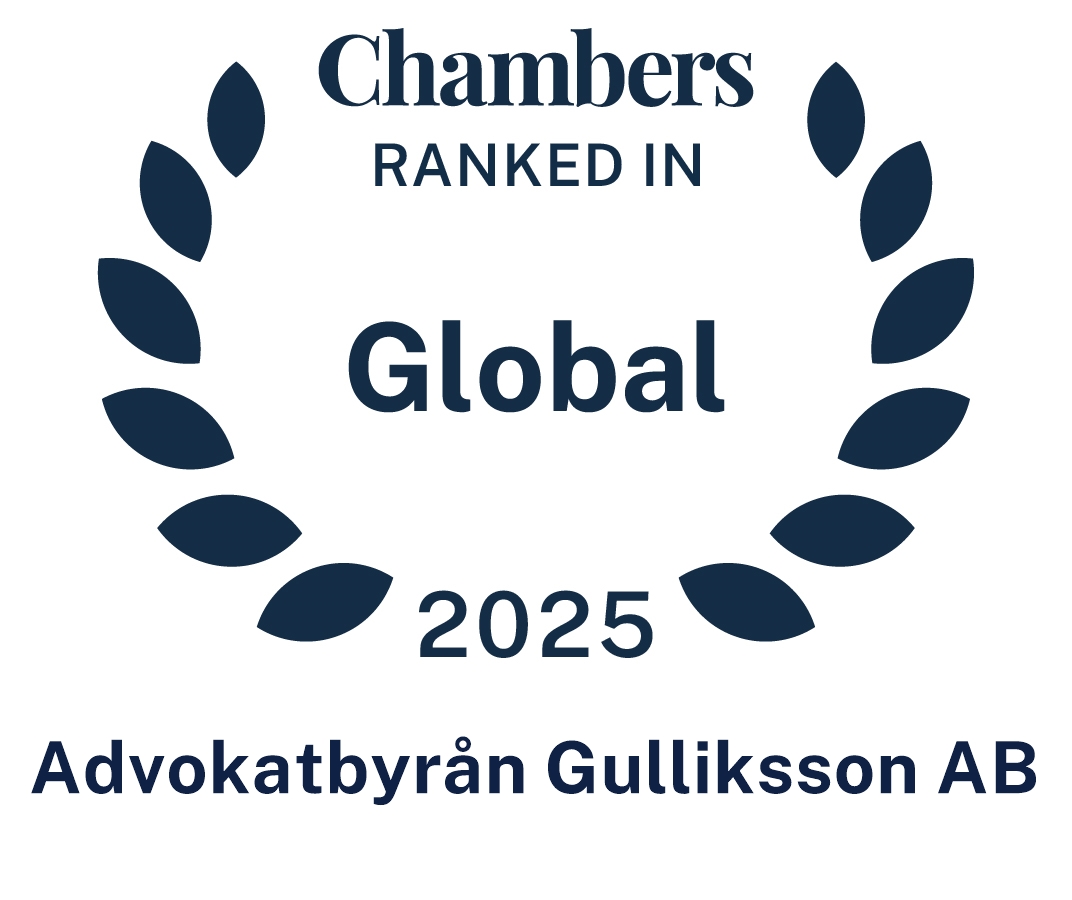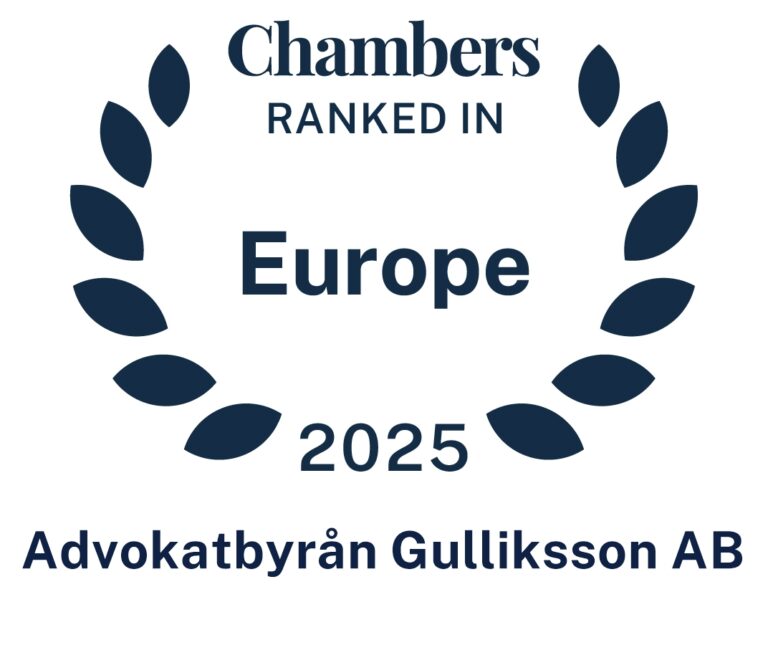For several years, the multinational hardware and software company Apple Inc. has employed patents, design patents and trademarks as means for protecting their designs. A few years ago, the U.S Patent and Trademark Office even granted trade mark protection, as a 3D mark, for the appearance of Apple’s flagship store.
Ever since, Apple has tried to extend this protection for the EU region, yet it has not been as easy as anticipated. Questions that have arisen revolve around several judicial aspects, such as whether trade mark protection shall at all be available for this kind of attributes, since the mark at hand is not specifically targeting the goods or services provided by the company, but instead adjacent features of the consumer experience. Furthermore there is an ongoing debate on whether the appearance of an Apple store is sufficiently distinctive for its specific type of goods and services.
The German Patent and Trademark Office, DPMA, referred some of these questions to the Court of Justice for the European Union. From its preliminary ruling, it was demonstrated that community trademark protection may include services consisting of services relating to goods which do not form an integral part of the offer for sale thereof, provided that the sign is capable of distinguishing the services of the trade mark applicant from those of other undertakings. Consequently, the appearance of a store may be possible to protect using 3D trademarks.
However, in the process of recognizing the international trade mark registration in Sweden, the Swedish Court of Patent Appeal (PBR) has recently determined that the mark is not eligible for registration in Sweden since it does not demonstrate sufficient level of distinctiveness required under Swedish law.




